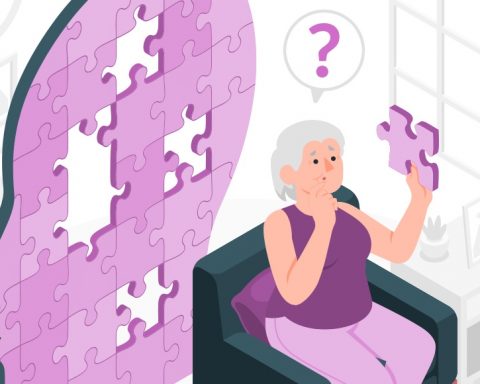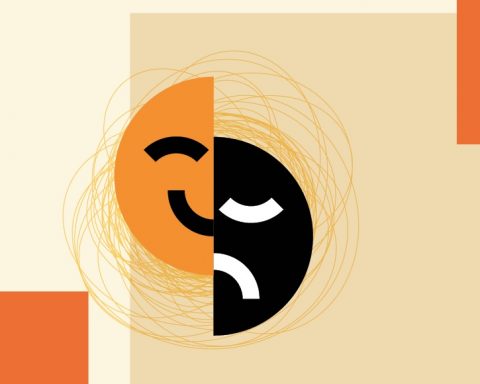What is Sound Therapy we hear people ask… It’s already used in the mainstream and may just be the healing of the future
Are you curious… Jeff Moran answers the question “what is sound therapy” and its effects upon our physical, emotional and mental wellbeing in a down to earth way.
He takes away any notion that the use of sound in a healing capacity is quackery. In fact you will realise that it’s more like the future of healing, without many of today’s chronic side effects.
It’s easy to think sound therapy is taking a gong bath, chanting the OM, playing crystal bowls and many other methods which unfortunately for many have given it a type of mysterious mumbo jumbo feel. This is far from the truth as sound therapy is based on the technology of frequency with its many facets and can be effectively used to help with many of today’s challenges including leaning, relaxation, behaviour and general well-being and more.
Sound therapy in the mainstream
Sound therapy has been used for many years in the mainstream, an example of this is that tuning forks are used for bone conduction, reflex testing and hearing and have been since I can remember.
Ultra-sonics has been used in bone stimulation, soft tissue healing, also used to disperse kidney stones and the imaging of organs or a scan of a new born.
Sonography also uses high frequency to produce visual images of organs and blood flow in the body. So as you can see, Sound Therapy is not a new quirky therapeutic treatment.
Take a deeper dive and you will see that there are thousands of research papers on the positive effects that sound and music can have upon concentration, focus, behaviour, sleep, brain co-ordination as well as our emotional and physical states.
How some sounds hold us in tension
I guess we all know that sound and music certainly has an impact upon the way in which we feel, both mentally and emotionally. We have all experienced some negative aspects of sound in our daily lives. You may walk past a building site and hear the jackhammer pounding and want to cover your ears. It may be a siren that’s going off, a dog barking furiously, a room with noisy air conditioning or a dentist’s drill, to name but a few.
However, if you recall when those sounds are turned off, your whole body feels like it’s been holding on to tension and you instantly feel better or give a sigh of relief.
When we hold the body in these tense states it has a negative effect upon the way in which we feel as stress hormones are created and flood into our body often weakening our immune system.
However, on a positive note you hear the laughter of a young child, your favourite relaxing music, a bird song in the morning, the bell that ends a boring lesson, or maybe you took a vacation and relaxed on the beach listening to the sound of the waves breaking upon the shore.
These sounds can have a really positive effect upon your emotions, as you relax and your physiology starts to produce more of the happy hormones such as serotonin and dopamine.
There is a lot to be said in the saying “Your environment is everything”.
Does Sound Have an Effect upon Our Body and Mind?
Based upon the knowledge that everything is created through patterns of frequency which include our physical bodies, mental thoughts, and our emotional feelings.
These frequencies are in a constant state of vibration, so although the physical body appears to be solid, quantum physics has now proven beyond any doubt that it’s actually in a state of movement and therefore can be influenced by sound within our environment.
Take seasonal affective disorder as an example. Due to the fact that we are made up of frequencies, research has shown that when we are missing a certain range of light frequencies, it can lead to SAD which is linked to reduced exposure to sunlight during the shorter days of the year, the result being that many people feel depressed when they are not getting sunlight or the full range of frequencies that they need to stay healthy both in body and mind.
Now, what is interesting is that the same thing happens with sound as with light because it’s all frequency. When we are missing certain tones and frequencies within our energetic system, then we don’t feel as healthy and balanced as we naturally should do and this is where sound therapy can help by delivering those missing frequencies back into the body.
In essence “Sound and light frequencies act like vitamins and minerals in the body, so the body needs a full spectrum of frequencies to stay fit and healthy”.
How sound therapy can help specific learning and emotional disorders
This is one of the main areas where we focus our sound work, with adults and children with ADHD and other disorders. If you look at ADD/ADHD we often need to bring the brainwaves down naturally due to fast processing which is often what is happening with those with an ADHD diagnosis.
We use “The Sound Therapy Listening Program” which is a 5 level sound programme to address many learning and emotional issues. The aim is to use the levels to entrain the brain to help focus and calm the kids and adults who have these conditions.
Dyslexia and especially dyspraxia is often about exercising the two hemispheres of the brain, therefore bringing about hemisphere synchronisation and improving co-ordination, so by using sound therapy we look to improve the brain hemisphere co-ordination especially with the Sound Therapy Listening Program which is designed to do just that, with really positive results.
Our preferred sound delivery
method
Our preferred method to help those with challenging issues is through the Sound Therapy Listening Program.
It can be used to relax the brain, therefore bringing the brainwaves down to an alpha/theta state, alpha being the ideal brainwave state used in accelerated learning.
In those states the brain relaxes and the by-product is that being in alpha can also boost the immune system due to it being a relaxed brainwave state.
The program can also take the brain up to levels of beta/gamma which can be used in high level focus. We assess the user and what the challenges are, then give direction as to what program level we think would be most beneficial to start from.
So, in essence, we look to speed the brain up or slow the brain down. You might be processing too quick, and there’s a lot of confusion and thoughts running around your head, so we need to slow the brain down. There are slower learners also and with these we train the brain to the level where the brain can start to learn a lot more effectively.
We’re also looking at crossing the brain hemispheres over, so we’ve got a part of the program that creates brain hemisphere synchronization, which is great for co-ordination issues, whether that be dyslexia, dyspraxia and other areas that need an improvement in co-ordination.
When we cross the hemispheres, we look at whole-brain learning and improvements in learning through utilizing the left (logic) and right (creative) side of the brain. But don’t forget all the user needs to do is listen and they can also use the programme whilst doing other activities also.
Well done you got this far
If you have read to this point then you might be left with questions, so by all means, whatever question you may have, then get in touch.
We have sound therapy for tinnitus, short-term memory, sleep and insomnia, dyslexia, dyspraxia, auditory processing disorder.
Jeff Moran MA
jeff@soundtherapy.co.uk
www.soundtherapy.co.uk









